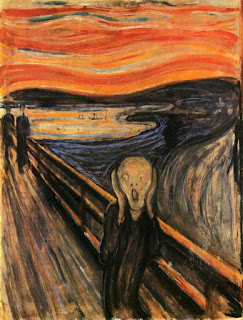Essay Writing Techniques (with some Tips from Shakespeare)

Are your sentences juggling too many ideas? This blog is a summary of sentence and essay writing techniques and strategies. 1. Creative Research Brainstorm all your ideas. Enjoy the sense of liberation and creative flow. This approach helps the researcher to identify the key words and concepts to be employed in the topic. Remember that it is easier to juggle words, and to move them around safely, than it is to juggle complex sentences. 2. Composition on a topic. Sentences are the building blocks of any essay. But start your work by exploring the key words and ideas. Sentences that communicate effectively are the life-blood of an effective essay. Well-thought out sentences run through an essay like veins and arteries. They distribute the oxygen of ideas to each part of the structure. Poor sentences rot the fabric of the essay; they cause decay and lead to death. Avoid flabby sentences. Cut out what is not needed. 3. Planning / Structure Identify the key clusters ...





